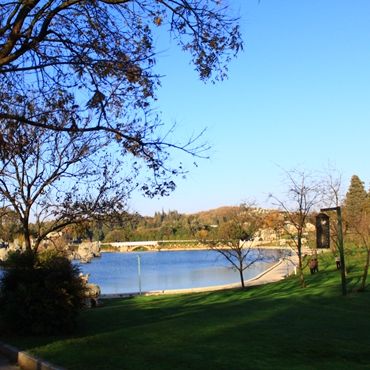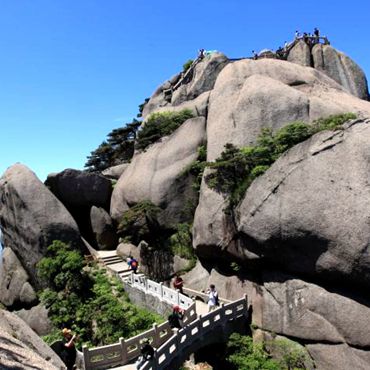Dali Travel Guide & Tours
Dali Bai Autonomous Prefecture, short for Dali, is located in the northwest of Yunnan, 338km away from Kunming. It has a population of 3.47 million of which minority nationalities make up over 1.5 million. With a history of more than 4,000 years, Dali enjoys mild climate and beautiful landscapes. Many amazing natural sceneries and colorful minorities’ cultures make Dali a desirable tourist attraction in China.

On every April 15th of Chinese Lunar Calendar, the Butterfly Spring is a good place for every visitor, where is famous for ‘spring’, 'butterflies’ and ‘trees’. Cangshan Mountain and Erhai Lake are attractive for its 'Four Wonders’—Xiaguan’s wind, Shangguan’s flowers, Cangshan Mountain’s snow and Erhai Lake’s moon reflection.
During the Tang and the Song dynasties (618~1279), Dali was the capital of the Nanzhao Kingdom (738~937) and Dali Kingdom (937~1253). Besides, it was also the political, economical and cultural center for 500 years. Thus there are many relics and places of historical interest in and around Dali. The Three Pagodas is significant and majestic with a history of more than 1,800 years. Dali Ancient Town, praised as 'Pavilions and towers appear above the cloud and the town spreads between the mountain and the lake‘ is famous for many traditional Bai ethnic minority folk houses. Another attraction is Xizhou, which is well-known for its old, protected houses and courtyards that survived from the late Ming and the Qing dynasties.

With the reputation of ‘a land of letters’, Dali is still an important gateway of cultural exchange and trading with southeastern Asia. As a popular destination in Yunnan, it attracts many tourists from home and abroad every year.













